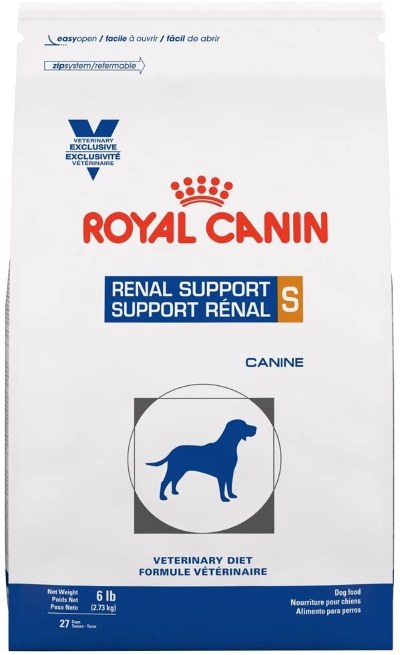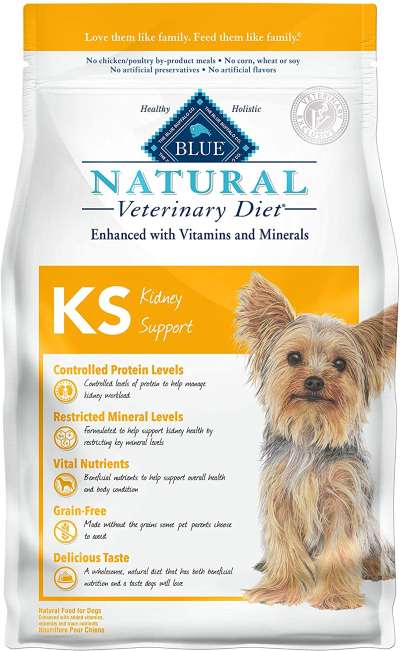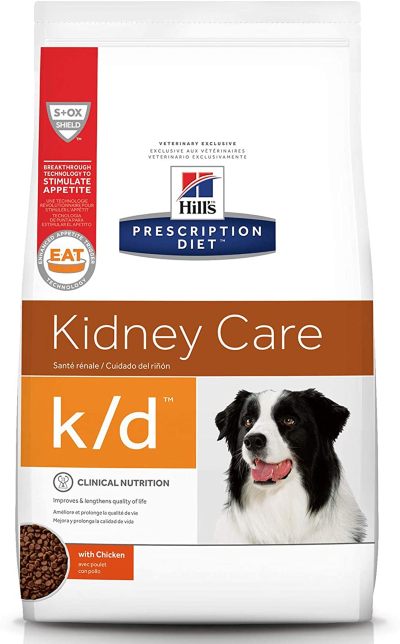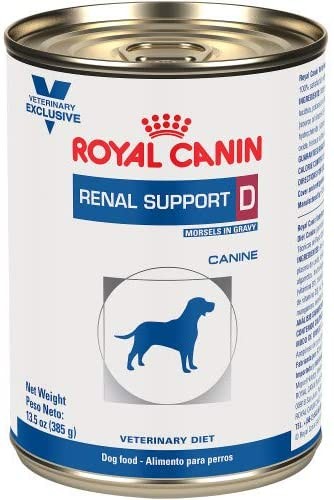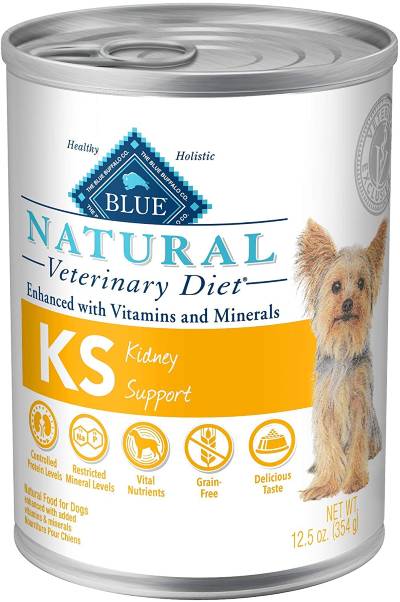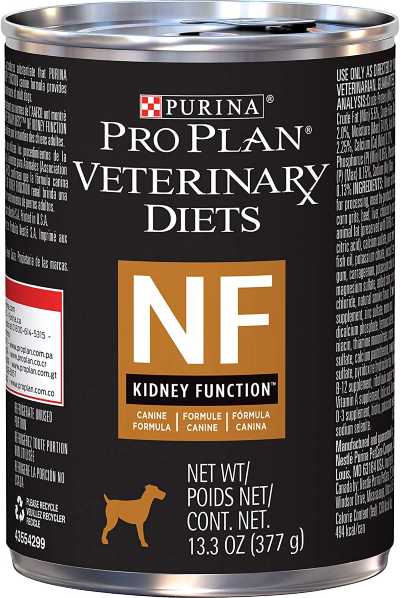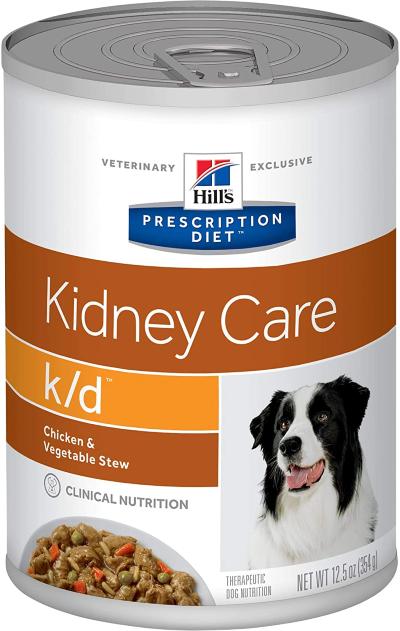Low Protein Dog Food
Why Low Protein Dog Food ?
Low protein dog food is a type of food that contains lower levels of protein than traditional dog foods. This can be beneficial for dogs who are struggling with kidney or liver disease, as high protein diets can put additional strain on these organs.
Low protein dog food may also be recommended for senior dogs, as they tend to have a decreased ability to digest and utilize proteins. When your dog matures or becomes overweight, many dog parents believe that he or she should switch to a low-protein diet, but this isn’t always the case.
If your dog has been diagnosed with a disease that necessitates switching to low protein dog food, make sure that he or she is getting high-quality protein. Bear in mind that when restricting the amount of protein you will also be restricting the amount of amino acids. Therefore make sure that your dog gets all of the essential amino acids to stay happy and healthy.
The amount of protein in a low-protein dog diet varies, although it typically falls within the range of 13% to 18%. Although many commercial dog food brands do not offer low protein diets you can still obtain high quality low-protein dog food from a prescription brand.
If your veterinarian has advised you to switch your dog’s diet to a low-protein food, here are some pointers for making the transition:
- Choose High Quality Protein
Not all proteins are created equal. Dogs require high-biological-value proteins in order to digest them easily. Proteins also contain amino acids that help dogs build and maintain muscle mass. When shopping for low protein dog food, read the manufacturer’s food label carefully. If the main ingredients are meat by-products, soy, or corn, then avoid them because they are not high-quality proteins.
- Keep An Eye On Your Pup’s Weight
When your pup is on a low protein diet, you will need to keep an eye on your dog’s body condition and weight. Make sure your dog doesn’t gain or lose weight as a result of this new low protein diet.
- Choose Good Commercial Brands
The majority of commercial dog food manufacturers have your dog’s nutritional needs in mind. They ensure that the organ functions properly and your dog enjoys good health. As dog owners, you are responsible for examining the labels of various brands to ensure that they contain low-protein and phosphorus content. If you’re wondering if something is safe, consult your veterinarian first.
With the above understanding, we have featured some of the top-rated and high-quality low or controlled levels of protein dog food here for your consideration.
FAQ on Low Protein Dog Food
Q: Is low protein dog food right for my dog?
If your dog has kidney or liver disease, is obese, or has a sensitive stomach, then low protein dog food may be a good option for them. However, it is important to speak with your veterinarian before making any changes to your dog’s diet.
Q: What are the side effects of low protein dog food?
The most common side effect associated with low protein dog food is increased flatulence. However, this is typically only a problem during the transition period as your dog’s digestive system adjusts to the new food. If you notice any other side effects or your dog seems to be struggling to adjust to the new diet, speak with your veterinarian.
Q: How do I transition my dog to low protein dog food?
The best way to transition your dog to low protein dog food is to slowly mix it in with their current food over the course of a week or so. Start by mixing in a small amount of low protein food and gradually increase the amount while decreasing the amount of their regular food. This will help them to adjust to the new diet without experiencing any digestive upset.
Q: Will my low protein dog food be more expensive than regular dog food?
It depends. Some brands of low protein dog food are more expensive than regular dog food, while others may be comparable in price. Your best bet is to talk to your veterinarian and/or pet nutritionist about the best options for your budget.
Q) How long can my dog stay on a low protein diet?
The length of time that you should keep your dog on a low protein diet will depend on their individual needs and situation. If your veterinarian recommends a long-term low protein diet, it is important to work closely with them to monitor your dog’s health throughout the process. In most cases, however, short-term use of a low protein diet is perfectly safe and effective.
Low Protein Dog Food Reviews
We have evaluated dozens of top-rated low protein dog food brands in the market like HILL’S PRESCRIPTION, ROYAL CANIN, PURINA PRO PLAN, BLUE BUFFALO, FORZA10., etc. to bring you the best ones. Here are our reviews and recommendations on high-quality low protein dog food for you to choose from based on your dog’s diet needs.
Highlights:
- Royal Canin Veterinary Diet Canine Renal Support S Dry Dog Food
- S stands for Savory formula which can help stimulate appetite in dogs and encourage eating
- Targeted protein levels.
- Highly palatable energy dense formula to reduce meal volume
- Promote kidney function with a precise antioxidant complex, fatty acids from fish oil, low phosphorus
- 17.6 lb bag.
Highlights:
- BLUE BUFFALO Natural Veterinary Diet Kidney Support.
- Controlled levels of protein to help support kidney functions.
- Controlled levels of phosphorus (0.55% max) and sodium (0.25% max) to help support kidney health.
- Vital Nutrients including Antioxidants, Omega-3 Fatty acids and L-carnitine to help support overall health
- Grain-Free
- Wholesome Diet
- 6 lb bag,
Highlights:
- HILL’S Prescription Diet k/d Kidney Care Dry Dog Food
- Chicken Recipe
- Formulated to support your dog’s kidney and joint health
- Clinically proven nutrition to improve mobility and lengthen quality of life
- Controlled phosphorus and low sodium, with nutrition to protect vital kidney and heart function
- Formulated to improve your dog’s ability to run, walk and jump in as little as 21 days
- Glucosamine and Chondroitin Sulfate with therapeutic levels of omega-3 fatty acids
- 27.5 lb bag.
Highlights:
- Royal Canin Veterinary Diet Canine Renal Support Canned Dog Food
- D stands for Delectable formula which can help stimulate appetite in dogs and encourage eating with morsels in gravy texture
- Targeted protein levels help to promote kidney function.
- Energy dense highly palatable formula to reduce meal volume
- Antioxidant complex, fatty acids from fish oil, low phosphorus.
- 24 cans, each can is 13 oz.
Highlights:
- BLUE BUFFALO Natural Veterinary Diet Kidney Support Wet Dog Food
- Controlled levels of protein to help support kidney workload.
- Controlled levels of phosphorous and sodium to help support kidney health.
- Vital Nutrients including Antioxidants, Omega-3 Fatty acids and L-carnitine to help support overall health
- Grain-Free
- Wholesome Diet
- 12 cans, each can is 12.5 oz.
PURINA Veterinary Diets NF Kidney Function Dog Food
Highlights:
- PURINA Pro Plan Veterinary Diets NF Kidney Function Canine Formula Wet Dog Food,
- Ingredients includes beef, liver, chick by-products, meat by-products, fish oil, vitamins and minerals.
- Restricted amount of high-quality protein
- Restricted phosphorus of 0.15% max to help support kidneys
- Reduced sodium of 0.13% max.
- 12 cans, each can is 13.3 oz.
Highlights:
- Hill’s Prescription Diet k/d Kidney Care Wet Dog Food
- Chicken & Vegetable Stew Recipe.
- Canned Dog food formulated to support your dog’s kidney and joint health
- Proven nutrition clinically for improving mobility and lengthen quality of life
- Controlled phosphorus and low sodium, with nutrition to protect vital kidney and heart function
- Formulated to improve your dog’s ability to run, walk and jump in as little as 21 days
- Ingredients glucosamine and chondroitin sulfate and omega-3 fatty acids.
- 12 cans, each can is 12.5 oz.
Highlights:
- FORZA10 Wet Dog Food Kidney RENAL ACTWET with Lamb, Wet Dog Food.
- Kidney care dog food formulated to help renal and cardiac problems such as chronic or acute renal failure.
- Low protein, phosphorus, and sodium formulation.
- Pasture raised New Zealand lamb enriched with a mix of natural, therapeutic plants and fruits
- Corn free, wheat free, soy free, by-products free, harmful antibiotics free NON-GMOs
- No artificial preservatives, colors or flavors.
- 32 pack case, each case is 3.5 oz.

